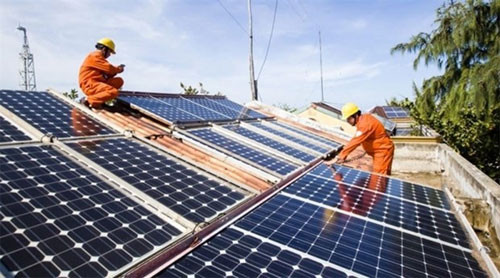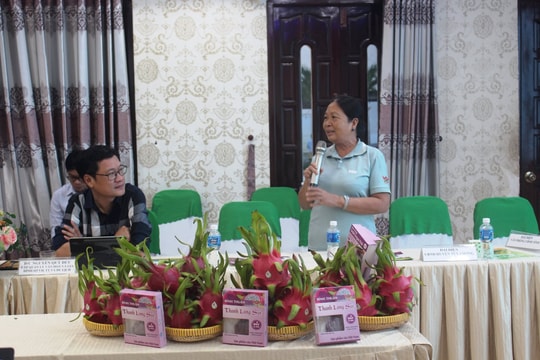 |
The municipal People's Committee recently issued a plan for the reduction, with
the city aiming to achieve savings of 8-10 percent of total energy consumption
in 2020-30 and about 14 percent in 2031-45.
The capital city will promote the use of equipment and machinery with high
efficiency, energy-saving, energy audit and enhance solutions to reduce power
consumption and emissions in industrial zones, factories and urban areas.
It encourages the reduction of greenhouse gas emissions from energy activities
compared to the normal development scenario at 15 percent in 2030 to 20 percent
in 2045.
In the plan, the proportion of renewable energy sources in the total primary
energy supply will reach about 2 percent by 2030 and then 5 percent by 2045.
The city strives that by 2045, the total capacity of solar power is estimated at
about 700MW by installing rooftop solar power in low-rise apartment buildings
and high-rise buildings of the city.
To implement the targets, the Hanoi People's Committee has deployed different
measures including developing primary energy sources.
It quickly and sustainably developed the electricity industry to meet the
requirements of city industrialisation and modernisation and restructured
energy-consuming sectors and regions in parallel with implementing policies on
clean, economical and efficient use of energy.
The capital city has also developed sustainable energy infrastructure connecting
the region and improved internal resources of the manufacturing and service
industries for the energy sector.
Hanoi will continue to renew mechanisms and policies and develop a synchronous,
interconnected, modern and efficient energy market.
It will also implement environmental protection policies for the energy sector
associated with the goal of reducing greenhouse gas emissions.
Source: VNA




















.jpg)




.jpeg)

.jpeg)


.jpeg)


